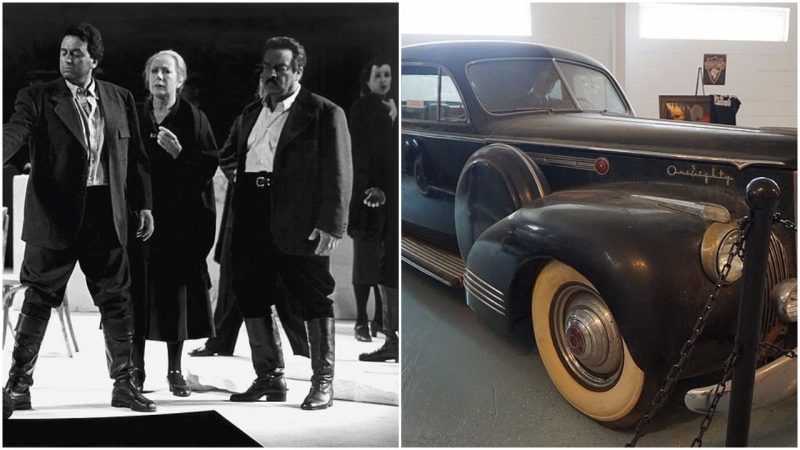Francis Ford Coppola’s The Godfather is one of the most influential gangster movies of all time. The 1972 film amazed critics and audiences worldwide. It inspired a wave of mobster films; the Italian-American mafia was a subject eagerly exploited by the international film industry. The two sequels to the original film only boosted the franchise’s popularity, and the directors of contemporary gangster films still look to Coppola’s masterpiece while developing their characters and narrative structures.
However, the Godfather franchise wouldn’t exist without Mario Puzo, an acclaimed Italian-American writer and journalist. In 1969, Puzo wrote the novel The Godfather that Coppola adapted into the three-film saga. Puzo actually collaborated with Coppola and wrote the screenplay for all three films; he won the Academy Award for the Best Adapted Screenplay in 1972 for the original Godfather film and in 1974 for the second installment.
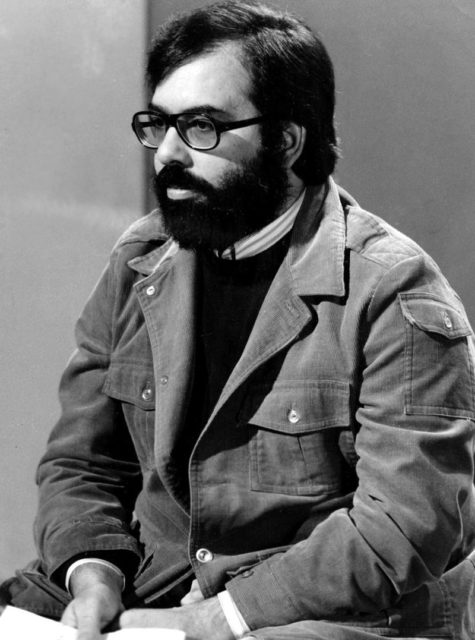
In 1984, six years before The Godfather: Part III was released in cinemas, Mario Puzo actually published a sequel to the original Godfather novel. The novel, entitled The Sicilian, never became a part of the famous Godfather trilogy although it features many characters from the original novel. It was adapted into a film in 1987 by the director Michael Cimino, but the names of the characters had to be changed because the director never bought the rights to the novel. The film stars Christopher Lambert; it received mixed reviews and quickly disappeared.
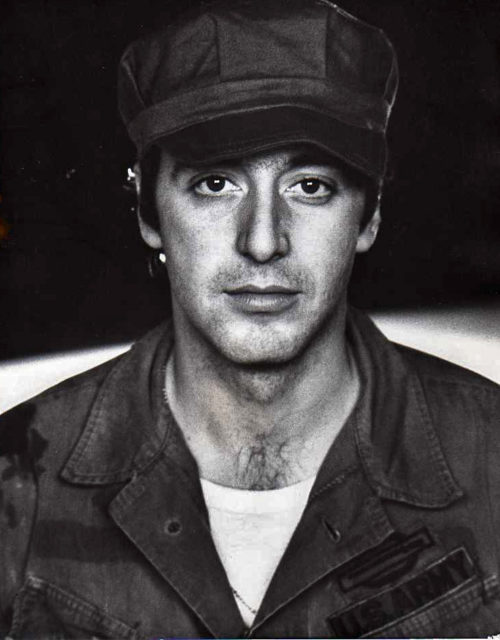
The Sicilian is a novel that deserves a quality adaptation. It centers on the life of Salvatore “Turi” Guiliano, a Sicilian bandit who became a local hero by smuggling food and by taking money from the rich and distributing it to the poor in a Robin Hood-like manner. The plot follows Michael Corleone, the son and heir of Vito Corleone, during the final years of his exile in Sicily: Michael joins several Sicilian gangsters as they struggle to arrange Guiliano’s escape to the United States. (Another character from The Godfather who appears in The Sicilian is Pete Clemenza.)
The character of Guiliano was based on a real-life Sicilian bandit named Salvatore Giuliano. While writing the novel, Puzo changed the central character’s surname slightly to avoid an explicit connection to the historical bandit. The real life Salvatore Giuliano was a hardened outlaw, pretty much like the fictional character depicted in Puzo’s novel.
The real criminal rose to notoriety in 1943 after the Allied invasion of Sicily. The whole region was in disorder: the black market was booming and the police could do little to stop the black marketeers from spreading their enterprise. In September 1943, Giuliano, who was involved with the local food-smuggling chain, shot and killed a police officer who attempted to stop his black-market activities.
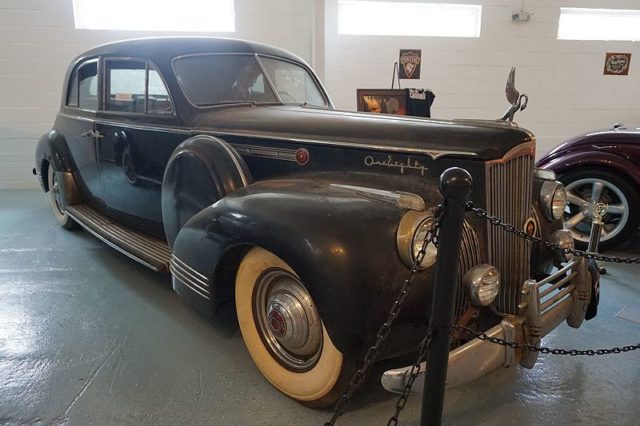
From then on, Giuliano became a high-profile criminal who commanded a band of like-minded thugs. The gang killed a number of people throughout the 1940s, including several police officers and a soldier. The police and the army were deployed numerous times to try and apprehend Giuliano and his men, but Giuliano’s gang was extremely successful in hiding and evading police traps.
As Giuliano frequently acted on behalf of the Sicilian folk, he became a popular figure among them and was able to establish a fruitful political career. He founded the Sicilian Independence Movement, a separatist ultra-nationalist organization that fought for Sicily to gain independence from Italy. The organization was popular among Sicilians until 1947, when Giuliano and his men were blamed for a massacre of innocent people that occurred in the town of Portella della Ginestra. In it, 11 people were killed and 27 wounded when a gang of armed men fired guns and automatic rifles at the spectators who had gathered to witness a local political rally.
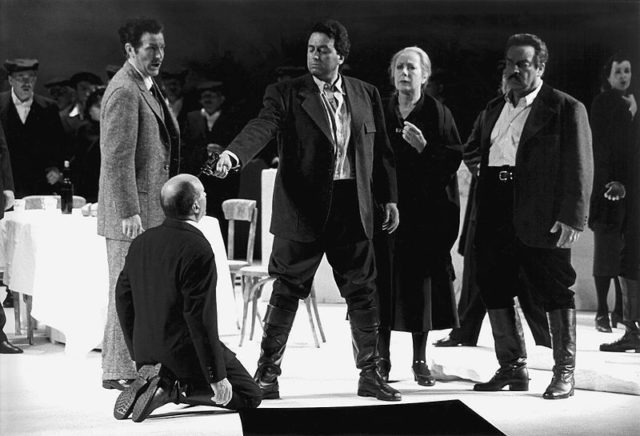
Although the authorities were unable to prove that it was Giuliano’s gang that had fired at the spectators, they were convinced that the massacre was Giuliano’s sick warning to the peasants who supported local Communists.
Related story from us:Al Pacino traces his ancestry to the actual town of Corleone in Sicily
After the massacre, Giuliano’s political popularity began to fade and, in 1950, newspapers across Italy claimed that he was killed during a standoff with the police. However, some historians claim that he managed to trick the police and escape to the United States to continue his criminal activities. The truth will likely remain unknown forever, but Mario Puzo’s fictional Guiliano did manage to escape to the United States , where he became a prolific member of the Italian-American mafia.
